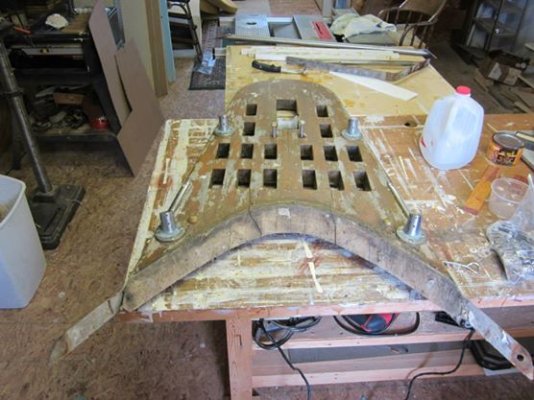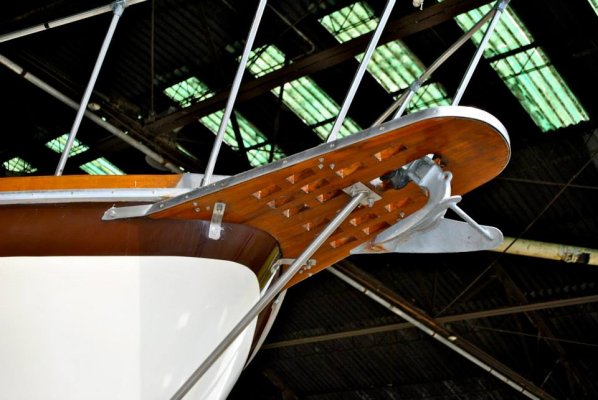Thanks Bill re the ingredients of Cetol,
So it looks like basic ingredients aren't unusual but it's interesting that they vary a lot from within their products. Nearly everything is heavy in linseed oil, alkyd resins, stoddard solvent (a Standard Oil product I believe) and other typical ingredients. There is frequently naphtha, silicone and silica. Naphtha is a crude oil product I'm quite sure so what's so special about this product? A lot of the usual things found in an oil based product.
If anything's unusual it may be the inclusion of lots of solvent. Perhaps they read Peter Culler re kerosene as a penetrant and went heavy on the solvents. Would be a lot cheaper to buy anyman's finish and dump in some solvent or kerosene.
I know the people in Alaska are crazy for Cetol. They put it on everything. Houses, boats, fences, doors ect. Like the anti-fouling paint I use there's stacks of cans of it as they know lots will be sold. Seems to hold up well but may be just the same as other products IMO. Or it may be special ... .???




